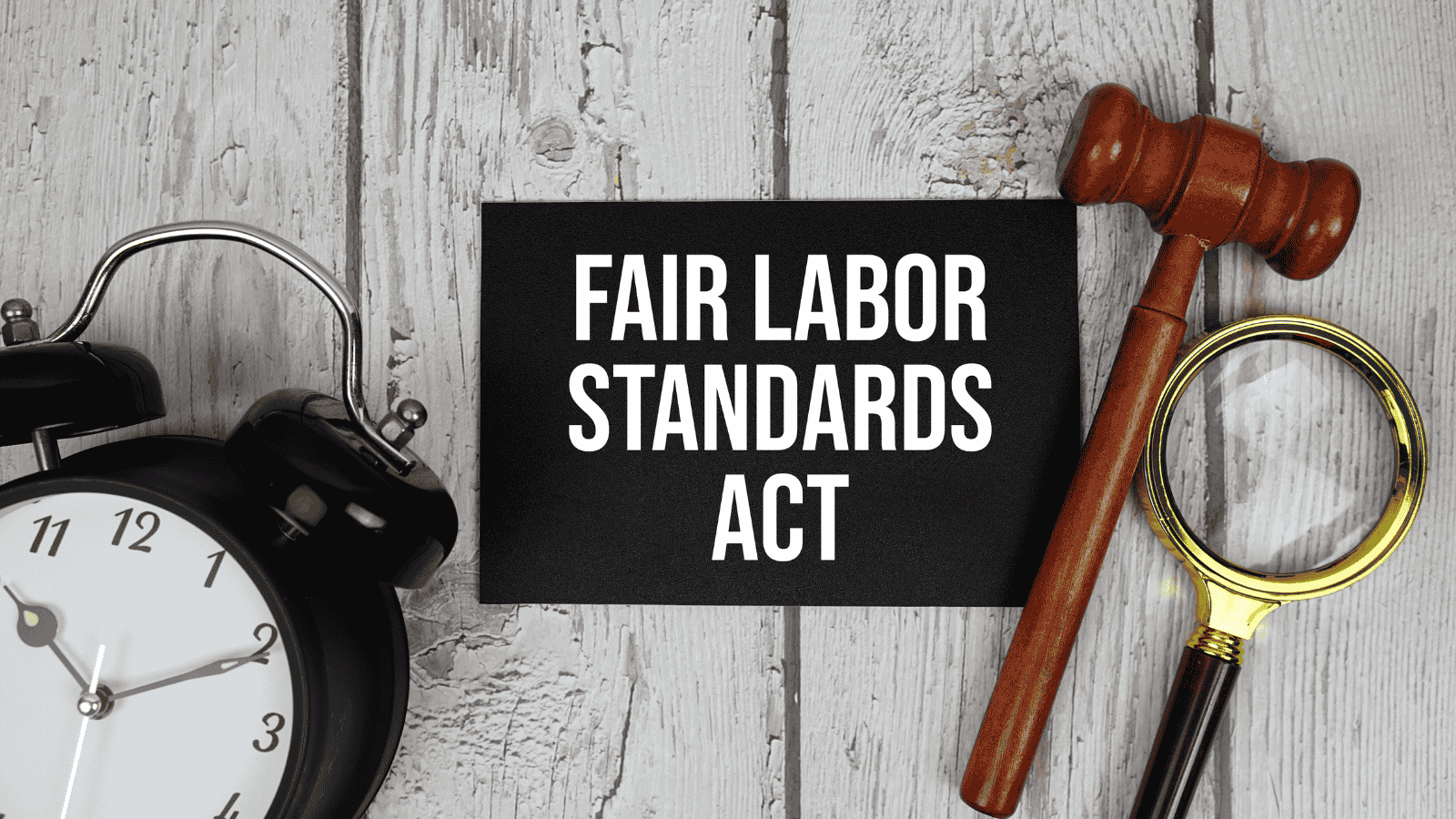The Onsi Group’s Comprehensive Solutions for Government Contractors
Government contractors have the responsibility to comply with labor laws, which are administered and enforced by the U.S. Department of Labor through...
Discover our wide range of courses designed to help you maintain compliance with Prevailing Wage and other labor laws
Join our upcoming events to ensure seamless compliance with Prevailing Wage and other essential labor laws
Discover how our services can assist you and your company in staying compliant with Prevailing Wage.
Explore the resources we offer, providing quick guidance on a wide range of topics
4 min read
Hailey Soupiset : October 24, 2023 3:51 PM

It’s likely you aren’t super familiar with the process of calculating fringe benefits for prevailing wage projects. Understanding how to calculate fringe benefits for prevailing wage projects can seem like a daunting task. But fear not, we're here to help simplify it for you!
Whether you're an employer or employee involved in government-funded construction projects, this information will prove invaluable.
So grab your calculators and let's dive right in to demystify the world of fringe benefits calculation for prevailing wage! Get ready to navigate through contributions, credits, overtime calculations and more. It's time to become an expert on calculating fringe benefits for prevailing wage projects – let's get started!
Fringe benefits play a crucial role in determining the overall compensation for workers on prevailing wage projects. But what exactly are fringe benefits? In simple terms, they are additional compensation provided to employees beyond their regular wages. These benefits can include things like health insurance, retirement plans, vacation time, and more.
In the context of prevailing wage, fringe benefits are often a requirement to ensure that workers receive fair compensation for their work. The goal is to level the playing field and prevent unfair competition based solely on wages. By including fringe benefits in the equation, employers must provide a comprehensive package that considers not only hourly rates but also this additional non-monetary compensation.
Calculating fringe benefits can be complex as it involves various factors such as contribution amounts and credits. Contributions refer to the actual monetary amount an employer contributes towards providing specific fringe benefit programs for their employees. These contributions may vary depending on factors such as industry standards or collective bargaining agreements.
To calculate fringe benefit credits, you need to understand how much an employer is contributing towards providing these benefits for each hour an employee works. This calculation ensures that both parties - employers and employees - receive the appropriate credit for their contributions towards fringe benefit programs and their hours worked, respectively.
It's important to note that calculating fringe benefits when an employee works different jobs adds another layer of complexity to this process. Different labor classifications typically carry different fringe benefit contribution requirements and therefore, the calculations are not as straight forward.
Understanding how all these components come together is essential when calculating fringe benefits accurately within the context of prevailing wage projects. By familiarizing yourself with these intricacies, you'll have a solid foundation for ensuring fair compensation practices and compliance with prevailing wage regulations.
When it comes to calculating fringe benefits for prevailing wage, understanding the different components is essential. One important aspect to consider is contributions made by employers towards various benefit plans. These contributions are considered fringe benefits and must be accounted for when determining employee wages.
Contributions can take many forms, such as payments towards health insurance, retirement plans, or other employee benefit programs. These contributions are often a percentage of an employee's hourly wage and can vary depending on the specific plan and employer policies.
It's crucial to remember that these contributions are in addition to the base wage paid to employees. They provide additional value and support for workers beyond their regular pay rate.
To calculate fringe benefit credits accurately, employers need to keep detailed records of all contributions made on behalf of each employee. This includes documentation of payment amounts, dates, and proof that the funds were used specifically for employee benefit purposes.
By properly accounting for contributions as part of fringe benefits, employers ensure they meet regulatory requirements while also providing valuable support for their workforce.
Understanding how employer contributions play into calculating fringe benefits is vital when determining compliance with prevailing wages. These added financial resources also help enhance employees' overall compensation package and contribute to their well-being both during employment and later in life after retirement.
When it comes to prevailing wage calculations, understanding how to calculate fringe benefits credits is crucial. Fringe benefits are additional compensation provided to employees in the form of non-monetary benefits such as health insurance, retirement plans, or paid time off. These benefits play a significant role in determining an employee's total compensation package and must be accounted for when calculating prevailing wages.
To calculate fringe benefits credits accurately, you need to consider the value of the benefit provided by the employer. This value can be determined by looking at the actual hourly cost of providing the benefit by using industry standards and formulas. Once you have established this value, it can then be subtracted from an employee's fringe benefit requirement and, in some instances, hourly rate.
It's important to note that not all fringe benefits may qualify for credit under prevailing wage regulations. Some specific requirements must be met for a benefit to count towards the credit calculation. For example, certain contributions made on behalf of the employee may be eligible for credit while others may not.
Additionally, some states have specific guidelines and regulations regarding how fringe benefits should be calculated and credited. It is essential to familiarize yourself with these rules to ensure compliance with local laws.
By properly calculating fringe benefits credits, employers can accurately determine an employee's total compensation package that complies with prevailing wage requirements. Taking into account both monetary and non-monetary forms of compensation ensures fair wages for workers while also accounting for additional costs incurred by employers.
Calculating fringe benefits credits is a vital aspect of complying with prevailing wage regulations. By accurately assessing the value of non-monetary compensations provided by employers and following local guidelines, businesses can ensure fair compensation packages for their employees while meeting legal obligations.
Remember that each state may have its own unique set of guidelines when it comes to determining which fringe benefits must be provided and how they should be valued. It's essential to stay updated with current regulations within your jurisdiction.
It's crucial that you carefully review the prevailing wage requirements specific to your project and consult with legal counsel or an expert in labor compliance if needed. By understanding how fringe benefits are calculated under prevailing wage laws, you can ensure compliance and avoid potential penalties or disputes down the line.
Calculating fringe benefits for prevailing wage projects may seem daunting at first glance but breaking it down into manageable steps can simplify things significantly. By understanding the concept of fringe benefits in this context, knowing what counts as contributions towards such benefits and learning how credits play a role in calculations you’ll be better equipped to navigate through these complexities successfully!
You can arm yourself with knowledge about calculating fringe benefits for prevailing wages, and confidently comply with legal requirements while ensuring fair compensation practices on your construction projects!
- Hailey Soupiset, Intern

Government contractors have the responsibility to comply with labor laws, which are administered and enforced by the U.S. Department of Labor through...

The Department of Labor has published its Final Rule updating the salary threshold requirements for its Executive, Administrative and...

Understanding the Federal Court’s Decision on White Collar Overtime Exemptions On November 15, 2024, the U.S. District Court for the Eastern District...